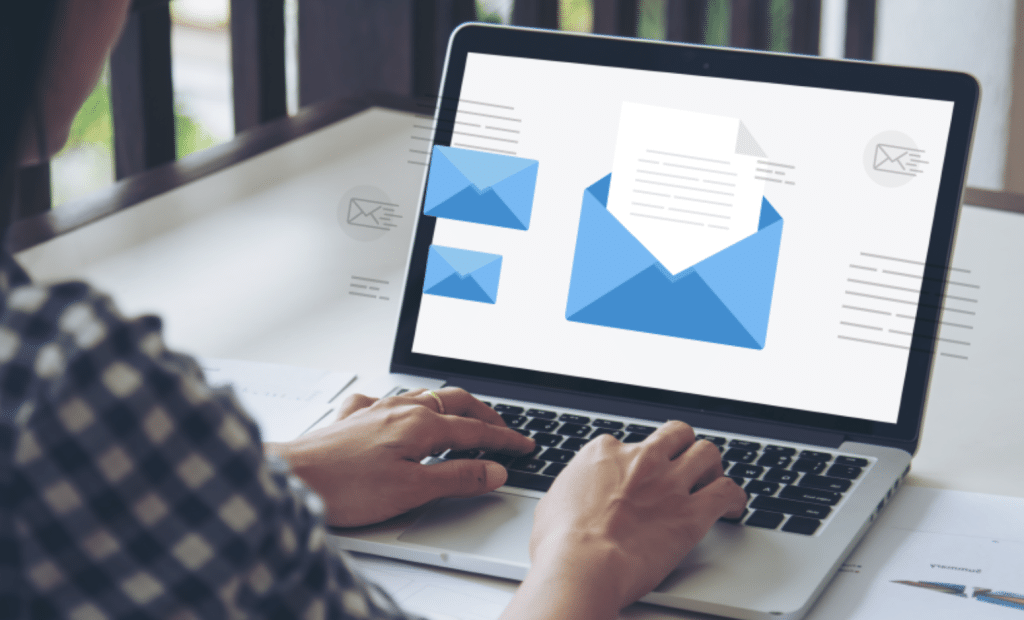Email marketing is a potent instrument for businesses, but its effectiveness extends beyond captivating words and eye-catching designs. To make a lasting impact, it’s essential to grasp the strategies and best practices that ensure your emails not only reach your subscribers’ inboxes but also inspire them to take action. In this article, we’ll explore effective email marketing strategies, including security measures, that can elevate your campaigns.
The Significance of Email Marketing
Email marketing is the cornerstone of digital marketing. It’s a versatile and proven method for effectively reaching and engaging your target audience. This direct communication channel allows you to build brand loyalty, drive conversions, and deliver personalized, relevant content to your subscribers’ inboxes. The true power of email marketing lies in its ability to nurture relationships and achieve your marketing goals.
Best Practices for Email Marketing Success
To maximize the impact of your email marketing campaigns, it’s crucial to follow best practices that ensure your messages stand out and achieve your objectives. Here are some key email marketing best practices:
Permission-Based Marketing
- Only send emails to individuals who have explicitly opted in to receive them.
- Consider using double opt-in processes to confirm subscribers’ intentions.
Segmentation and Personalization
- Segment your email list based on subscriber preferences, behavior, demographics, and past interactions.
- Personalize email content, including subject lines, to make messages more relevant and engaging.
Mobile Optimization
- Create responsive email templates that work well on both desktop and mobile devices.
- Optimize email content for easy reading and navigation on small screens.
Ensuring Email Security:
Email Authentication Protocols:
SPF (Sender Policy Framework): Think of SPF as the virtual gatekeeper for your emails. By configuring SPF records in your DNS settings, you explicitly designate authorized email servers for your domain. This protocol thwarts imposters attempting to mimic your brand.
DKIM (DomainKeys Identified Mail): DKIM adds a cryptographic seal to your emails, verifying their origin. It ensures that your messages remain tamper-free and provides an extra layer of defense against spoofing.
DMARC (Domain-based Message Authentication, Reporting, and Conformance): DMARC serves as your domain’s guardian, shielding it from phishing and spoofing assaults. With a DMARC record in place, you specify which email servers are legitimate senders on your behalf. DMARC also offers invaluable reporting for monitoring and fine-tuning your email authentication, bolstering your brand’s email security.
Clear Call to Action (CTA)
- Include a clear and compelling CTA that guides recipients on what action to take.
- Ensure CTA buttons or links are prominent and easy to click.
Timing and Frequency
- Consider the optimal timing for sending emails based on your audience’s behavior and time zones.
- Avoid overwhelming subscribers with too many emails to prevent fatigue and unsubscribes.
The Future of Email Marketing: Personalization and Automation
As technology continues to evolve, the future of email marketing is poised for even greater growth and sophistication. Personalization and automation are key trends to watch. Advanced AI-driven tools can analyze user behavior and preferences to deliver highly personalized content. Automation workflows, from welcome series to abandoned cart emails, streamline marketing efforts and enhance the customer journey. Email marketing is not just about sending messages; it’s about sending the right message to the right person at the right time, all while keeping your communications secure.
